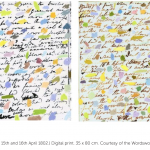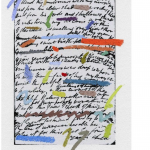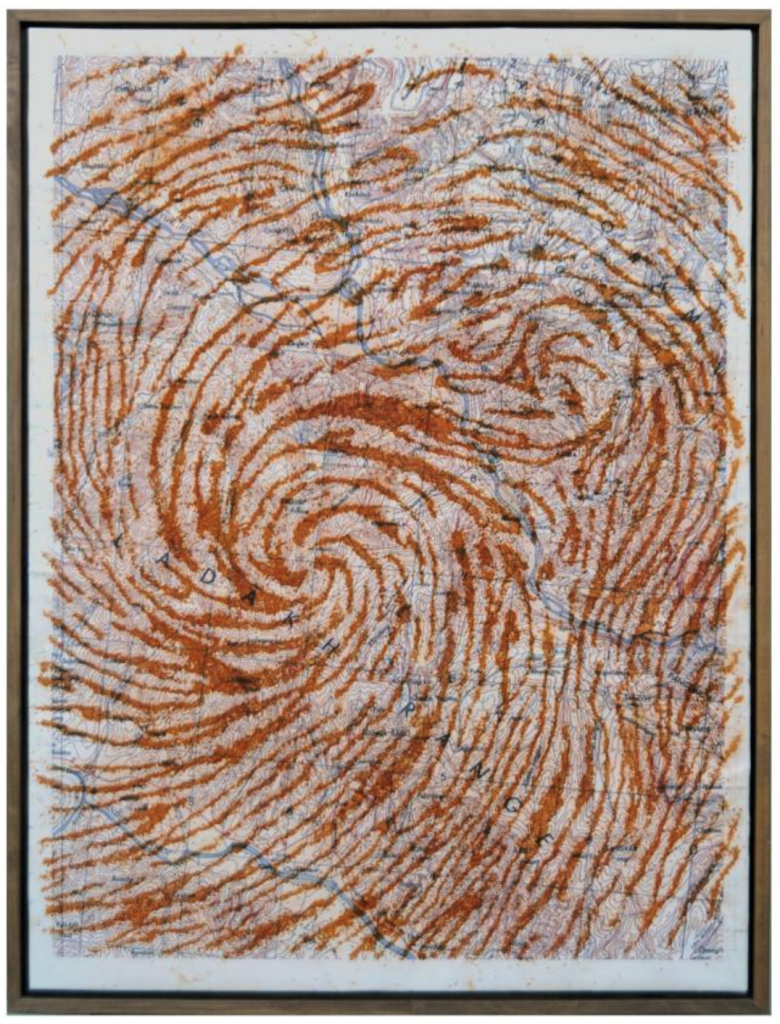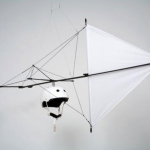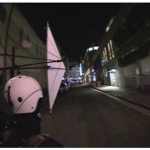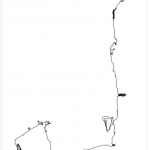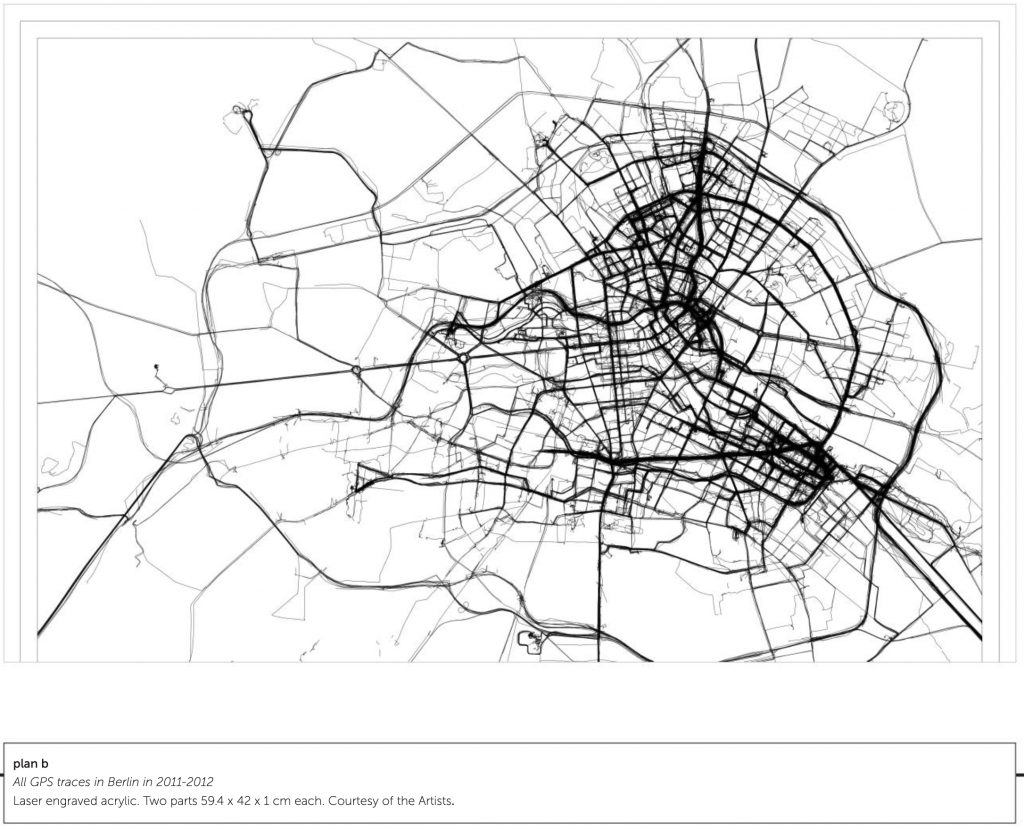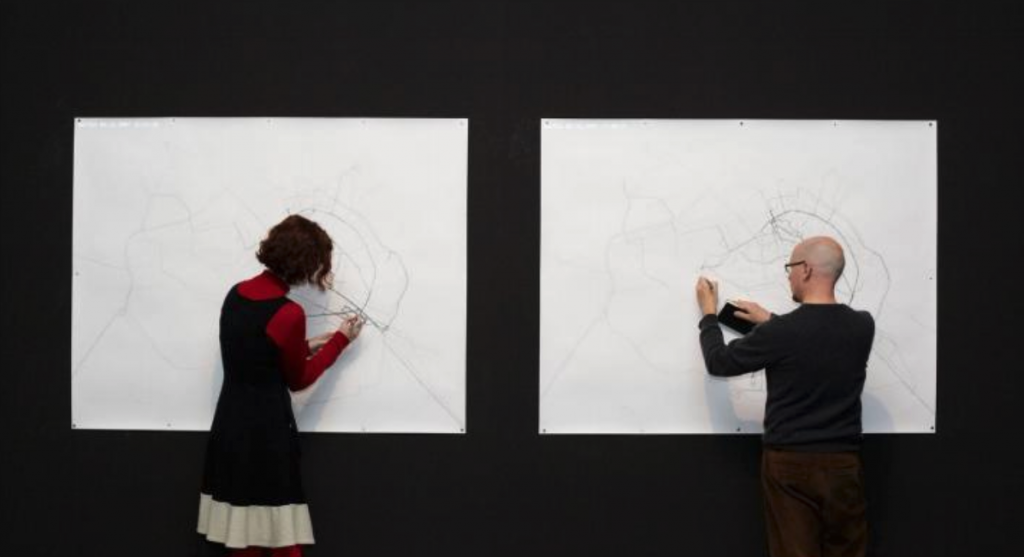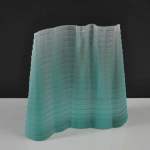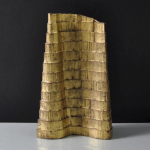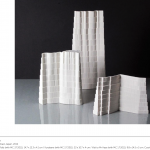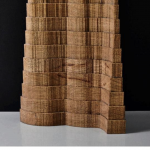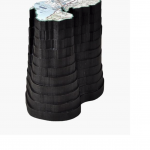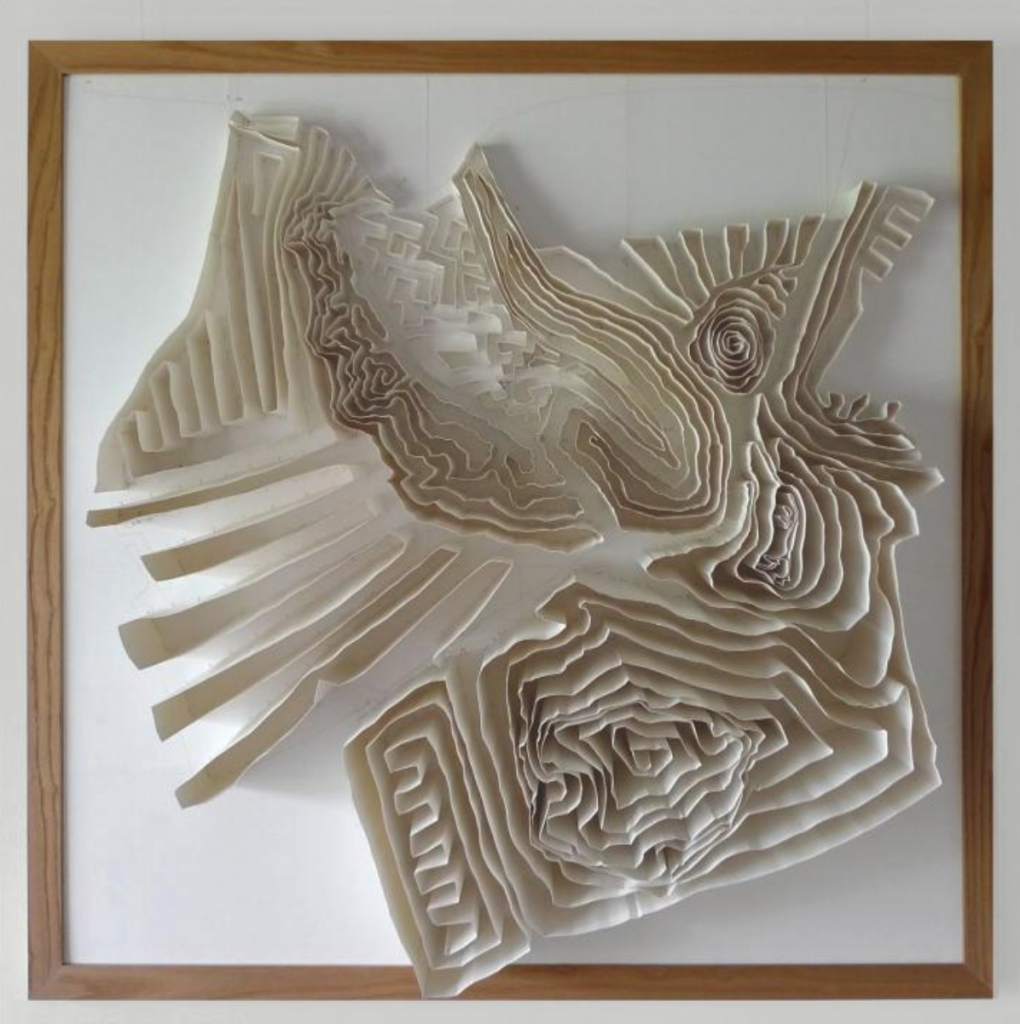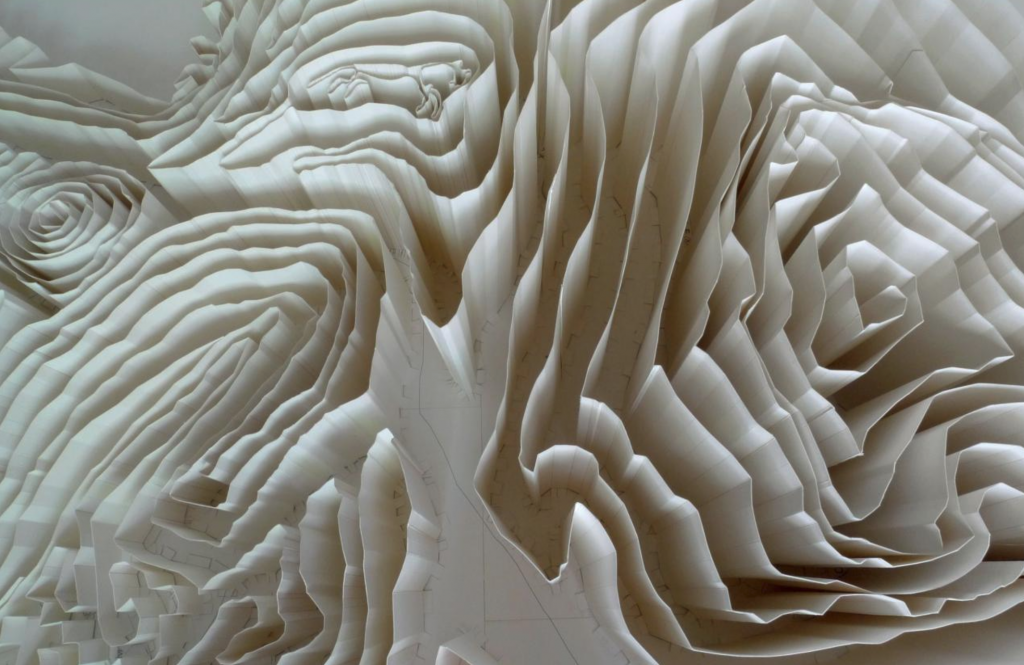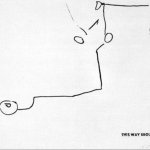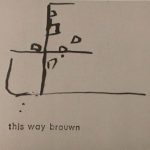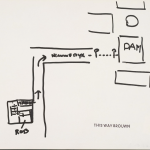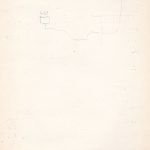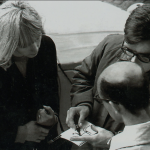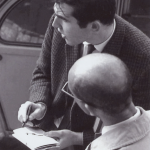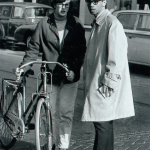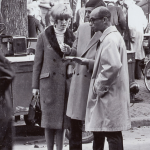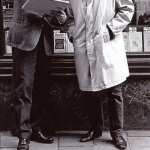
Larsen Husby “Turkeys crossing Stinson Blvd”
Watch video footage via MN Originals
“On October 3rd, 2016, I [Larsen Husby] decided to walk every street in Minneapolis. The parameters of this undertaking were as follows:
- I must walk the entire length of every street within the city limits of Minneapolis, with the exception of streets which do not allow pedestrians, such as interstates and private streets.
- Every walk must start with the intention of being a walk for the sake of the project; intention may not be applied retroactively.
- I must record the route, length, and duration of every walk; however, failure to record one aspect of a walk does not disqualify it from counting towards the ultimate goal.
Following these rules, I walked 1,315 miles, finishing on June 26th, 2018.
The title, Long Trace of Minneapolis, addresses two crucial aspects of the work. ‘Trace’ refers to the piece as an act of drawing: my feet are a pencil, drawing invisible lines across the city. If one could see them, these lines would add up to form a trace of the entire street network, a map of Minneapolis the size of Minneapolis. ‘Long’ describes the temporal nature of the piece, which is a lived experience, not an object. Those invisible lines are drawn not only along the ground, but through minutes, hours, and days.
This website is a document of the piece. It contains records of the project in the form of maps, photographs, measurements, and written reflections.”


